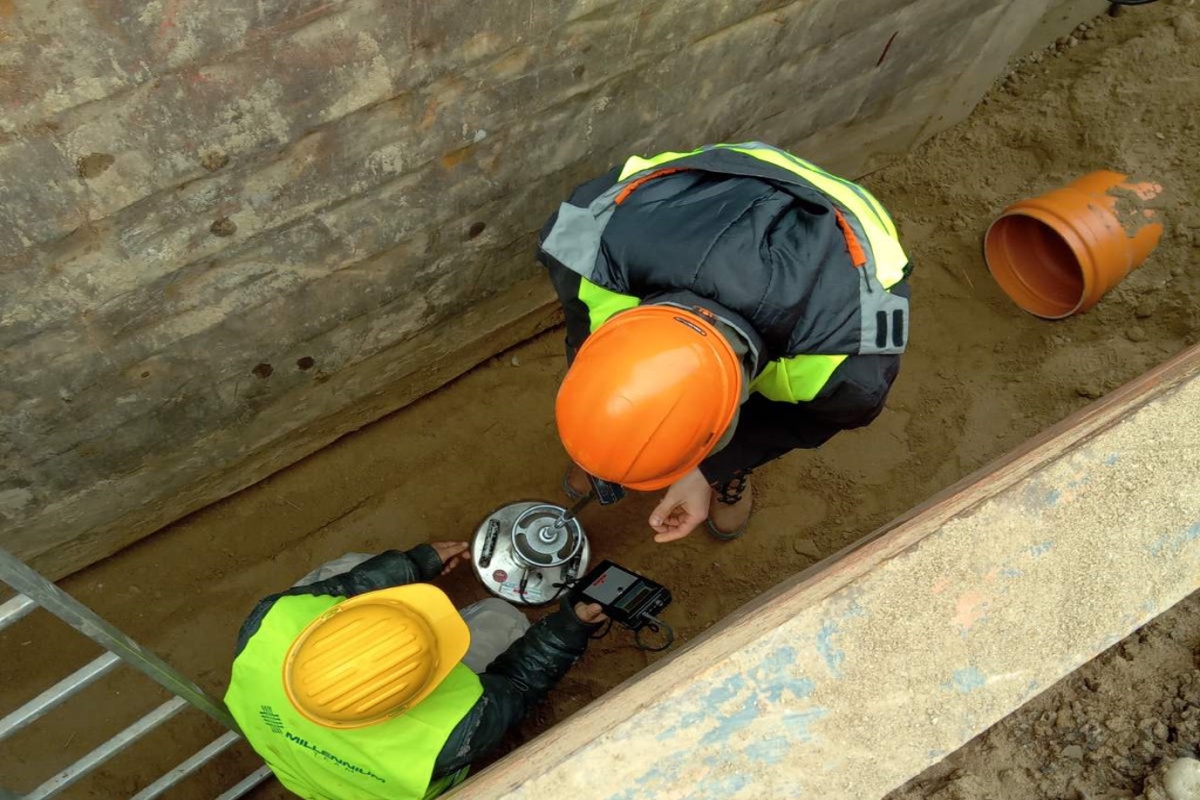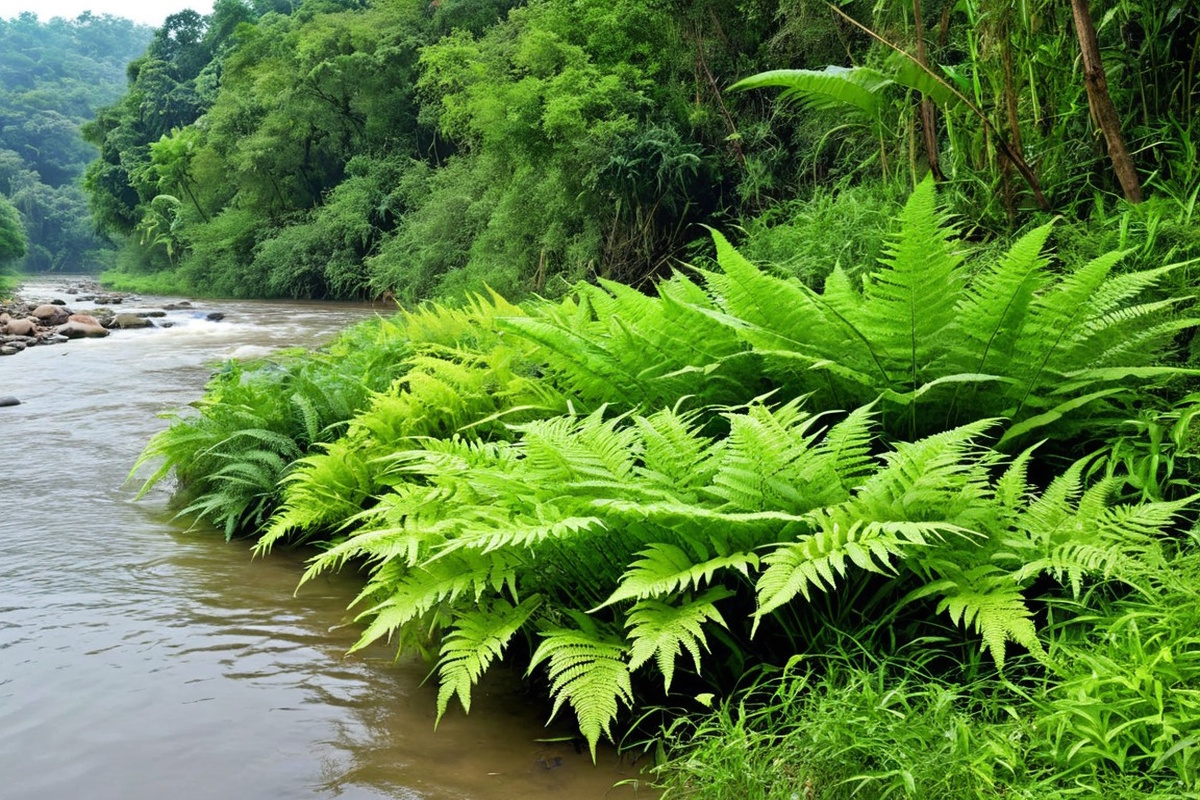As the days get warmer, for many, summer means spending time by rivers and lakes. However, we are often witnesses to the pollution of rivers and shores through improper waste disposal, the use of chemicals in the water, and increased human activity that threatens natural ecosystems.
People seeking shade and protection from the summer heat by rivers often bring items with them for their stay but fail to remove them when they leave. These items, including packaging, plastic bottles, paper bags, and other objects, often end up in rivers, polluting the water and threatening ecosystems. This waste, including plastic, glass, and metal, not only makes water resources less clean, but it can also be deadly for aquatic organisms. Moreover, plastic waste decomposes very slowly, and during this process, it can break down into microscopic particles that pollute the water and enter the food chain, directly affecting human health.
It is not uncommon for visitors to use shampoos, bath products, and other hygiene products while by the river, but they often forget to clean and dispose of them properly, causing chemicals from these products to enter the water. These chemicals can accumulate in the water, jeopardizing water quality and the health of all organisms that depend on it, including humans. In the long run, this can lead to reduced biodiversity, a decline in fish and other aquatic species, and can also negatively affect the quality of the water we drink.
River and shore pollution is becoming a serious ecological problem that requires urgent attention and responsibility from all of us, in order to preserve natural resources for future generations. Rivers and lakes are natural allies of humans in hot summer days, providing refreshment, shade, and refuge from high temperatures. However, in order for these water resources to remain a source of benefit and enjoyment, it is important to protect them from pollution and irresponsible behavior.






